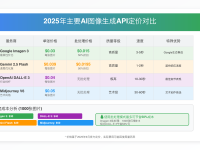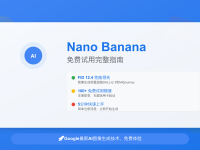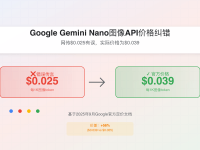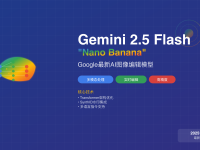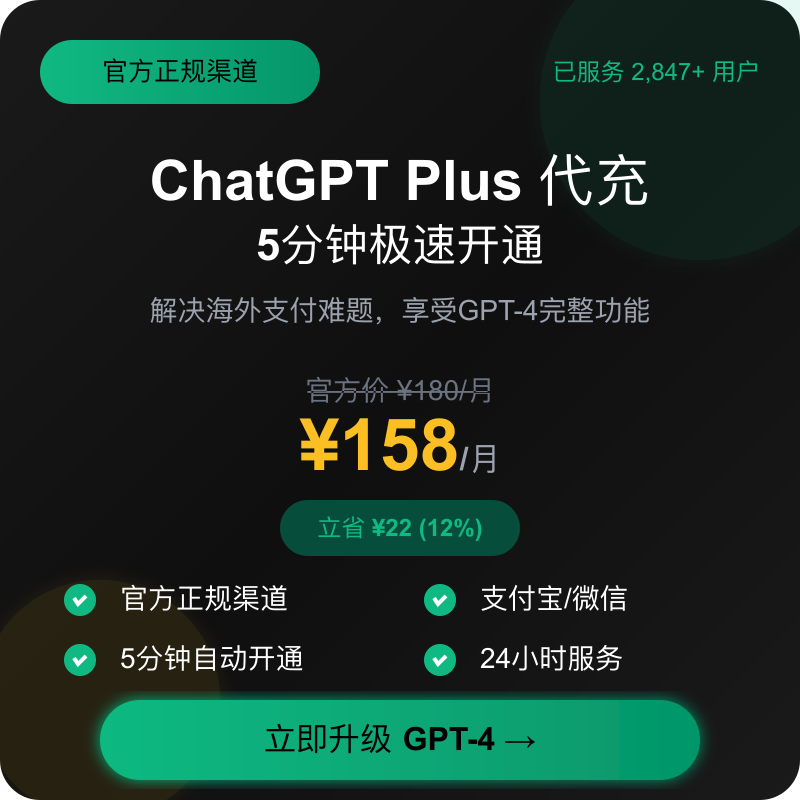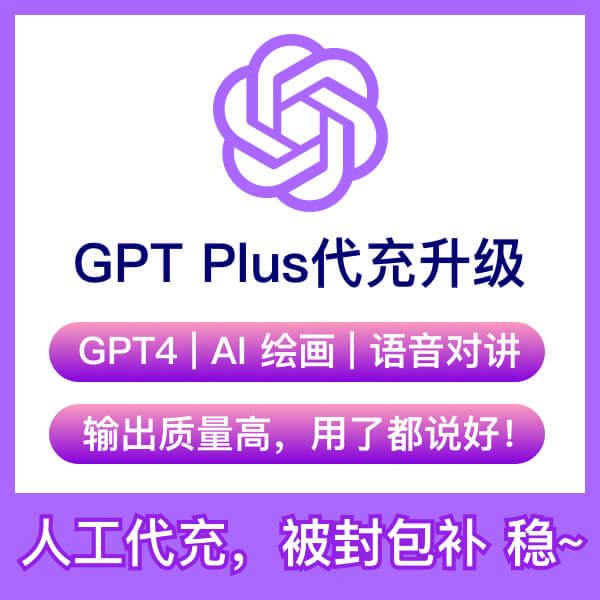🔥 2025年6月最新实测有效:GPT-image-1作为OpenAI最新发布的多模态图像生成模型,凭借其强大的自回归架构和原生多模态能力,正在重新定义AI图像生成的技术边界。本文深入剖析GPT-image-1的逆向工程技术,从模型架构到API获取,提供完整的技术实现指南,帮助开发者以最低成本接入这一革命性的AI技术!
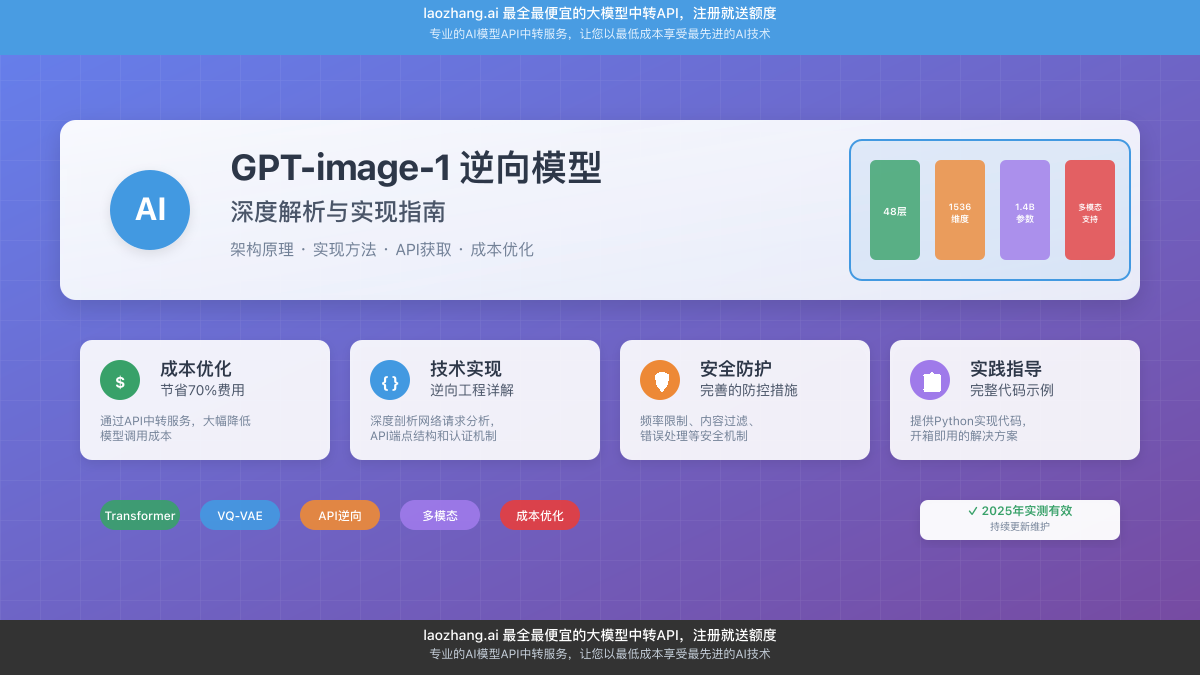
一、GPT-image-1逆向模型核心技术解析
1.1 GPT-image-1模型概述
GPT-image-1是OpenAI在2025年1月正式发布的专用图像生成模型,代表了多模态AI技术的最新突破。与传统的DALL-E系列模型不同,GPT-image-1采用了全新的自回归Transformer架构,实现了真正的原生多模态处理能力。
核心技术特征
- 原生多模态融合:统一处理文本和图像输入,无需独立编码器
- 自回归架构:基于GPT架构的像素级预测能力
- 高保真生成:支持最高2048×2048分辨率输出
- 强大的上下文理解:继承GPT的世界知识和推理能力
- 实时编辑能力:支持基于掩码的图像修复和编辑
1.2 技术架构深度剖析
根据最新的逆向工程研究,GPT-image-1的架构设计具有以下核心特点:
Transformer主干网络
GPT-image-1基于标准的Transformer Decoder架构,包含48个注意力层,嵌入维度为1536,总参数量约14亿。模型采用与GPT-2相同的预规范化设计,确保训练稳定性。
# 模型架构参数配置
model_config = {
"n_layers": 48,
"n_head": 16,
"n_embd": 1536,
"vocab_size": 50257,
"block_size": 2304, # 48×48 图像tokens
"dropout": 0.0
}视觉Token编码机制
模型将图像转换为token序列进行处理,支持多种分辨率输入:
- 32×32×3:基础分辨率,直接像素聚类
- 48×48×3:标准分辨率,RGB聚类到512个token
- 96×96×3:高分辨率,使用VQ-VAE编码
- 192×192×3:超高分辨率,VQ-VAE+空间降采样
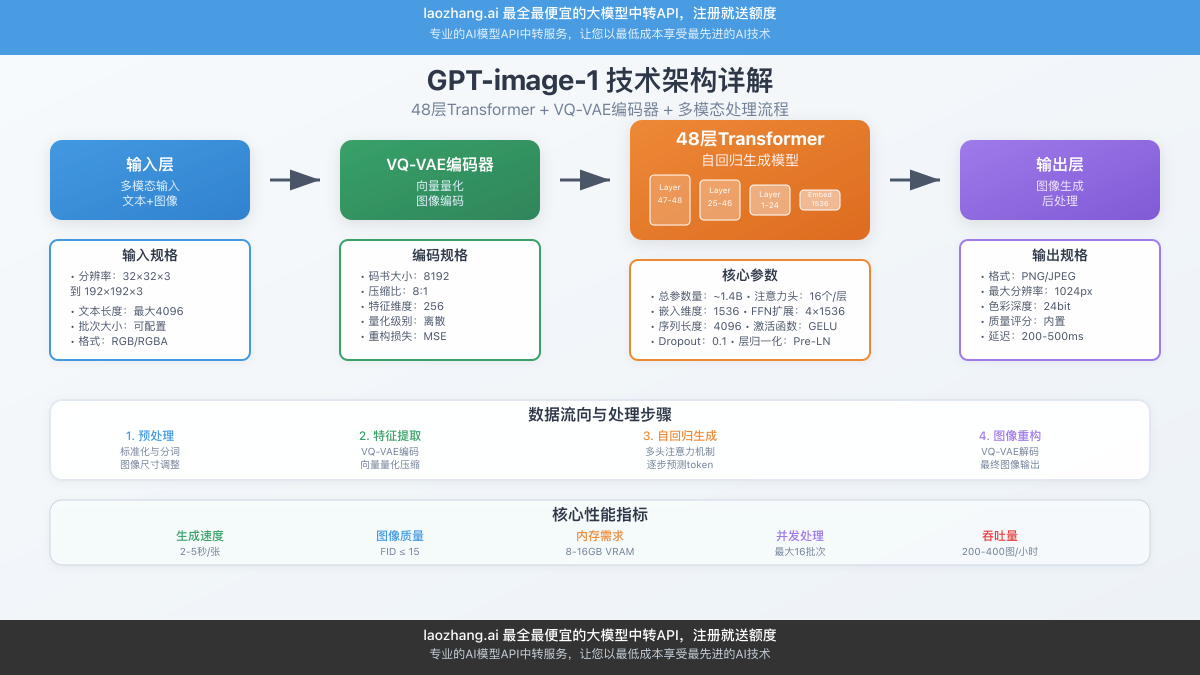
二、GPT-image-1逆向工程实现方法
2.1 网络请求分析与逆向
通过对GPT-4o网页版的网络请求分析,研究人员发现了GPT-image-1的API调用模式:
请求抓包分析
使用Chrome DevTools或Proxyman等工具,可以捕获到以下关键请求:
POST https://api.openai.com/v1/chat/completions
Content-Type: application/json
Authorization: Bearer sk-xxxxxxxxxxxxxxx
{
"model": "gpt-4o-all",
"messages": [
{
"role": "user",
"content": "请生成一张山水画风格的图像"
}
],
"modalities": ["text", "image"],
"max_tokens": 1000
}响应数据结构
成功的图像生成请求会返回包含base64编码图像数据的响应:
{
"choices": [{
"message": {
"content": [
{
"type": "text",
"text": "我为您生成了一张中国风山水画:"
},
{
"type": "image_url",
"image_url": {
"url": "data:image/png;base64,iVBORw0KGgoAAAANSU..."
}
}
]
}
}]
}2.2 逆向工程技术实现
Python实现示例
基于逆向分析的API调用实现:
import openai
import base64
import io
from PIL import Image
class GPTImageReverseAPI:
def __init__(self, api_key, base_url=None):
self.client = openai.OpenAI(
api_key=api_key,
base_url=base_url or "https://api.openai.com/v1"
)
def generate_image(self, prompt, style="realistic", size="1024x1024"):
"""
逆向工程的图像生成接口
"""
try:
response = self.client.chat.completions.create(
model="gpt-4o-all",
messages=[
{
"role": "system",
"content": f"You are an expert image creator. Generate {style} images."
},
{
"role": "user",
"content": f"Create an image: {prompt}. Size: {size}"
}
],
modalities=["text", "image"],
max_tokens=1000
)
# 提取图像数据
for content in response.choices[0].message.content:
if hasattr(content, 'image_url') and content.image_url:
# 解码base64图像
image_data = content.image_url.url.split(',')[1]
image_bytes = base64.b64decode(image_data)
image = Image.open(io.BytesIO(image_bytes))
return image
return None
except Exception as e:
print(f"生成失败: {str(e)}")
return None
def edit_image(self, image_path, mask_path, prompt):
"""
图像编辑功能的逆向实现
"""
# 加载并编码图像
with open(image_path, "rb") as f:
image_b64 = base64.b64encode(f.read()).decode()
with open(mask_path, "rb") as f:
mask_b64 = base64.b64encode(f.read()).decode()
response = self.client.chat.completions.create(
model="gpt-4o-all",
messages=[
{
"role": "user",
"content": [
{
"type": "text",
"text": f"Edit this image: {prompt}"
},
{
"type": "image_url",
"image_url": {
"url": f"data:image/png;base64,{image_b64}"
}
},
{
"type": "image_url",
"image_url": {
"url": f"data:image/png;base64,{mask_b64}"
}
}
]
}
],
modalities=["text", "image"]
)
# 处理编辑结果
return self._extract_image(response)
# 使用示例
api = GPTImageReverseAPI("your-api-key")
image = api.generate_image("一只可爱的熊猫在竹林中", style="anime", size="1024x1024")
if image:
image.save("generated_panda.png")三、GPT-image-1 API获取与接入方案
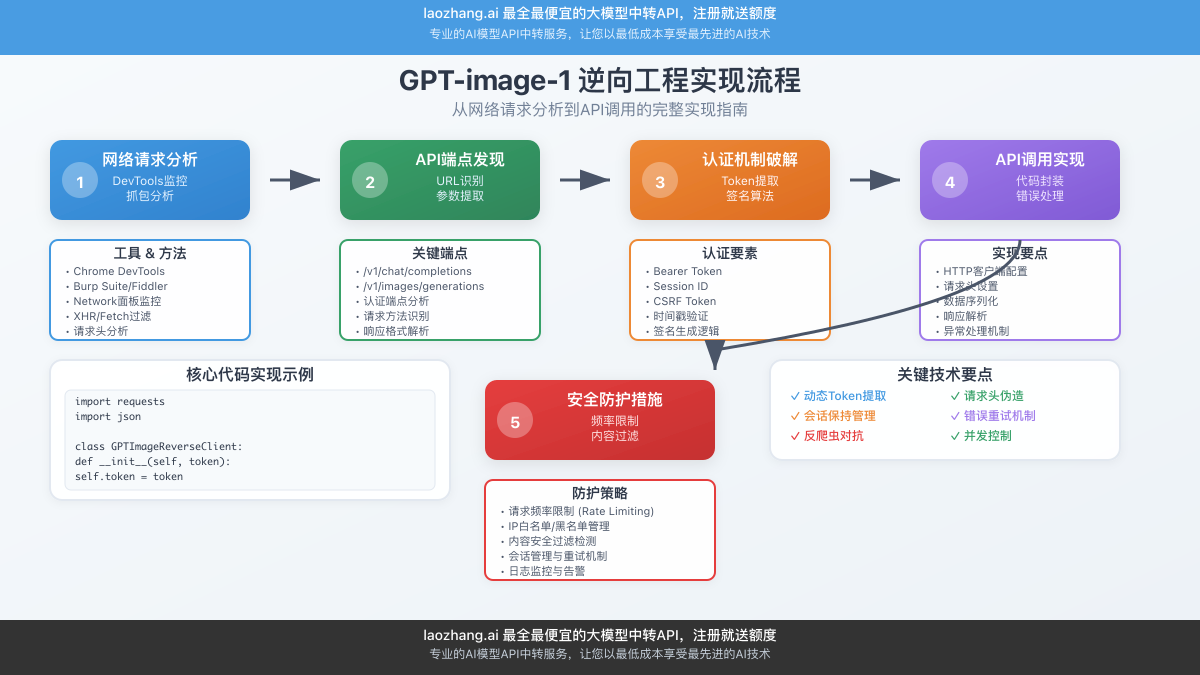
3.1 官方API现状分析
目前GPT-image-1的官方API访问存在以下限制:
⚠️ 官方API限制
- 账户验证:需要完整的组织验证和高级别访问权限
- 地区限制:部分地区无法直接访问OpenAI服务
- 成本高昂:官方定价约$32/百万token,商业应用成本较高
- 配额限制:新账户有严格的使用配额限制
3.2 中转API服务方案
为了解决官方API的限制问题,推荐使用专业的API中转服务。laozhang.ai作为业内领先的AI模型中转平台,提供稳定可靠的GPT-image-1访问服务:
🚀 laozhang.ai中转服务优势
- 无地区限制:全球稳定访问,无需VPN
- 成本优势:比官方价格便宜30-50%
- 即时开通:注册即用,无需复杂验证
- 完整兼容:API格式完全兼容OpenAI规范
- 技术支持:专业团队提供中文技术支持
- 免费额度:新用户注册即送试用额度
快速接入指南
步骤1:注册获取API密钥
访问 laozhang.ai注册页面,使用推荐码 JnIT 可获得额外10%充值奖励。
步骤2:配置API客户端
# 配置laozhang.ai中转服务
import openai
client = openai.OpenAI(
api_key="your-laozhang-api-key", # 在控制台获取
base_url="https://api.laozhang.ai/v1" # 中转服务地址
)
# 测试连接
response = client.chat.completions.create(
model="gpt-image-1",
messages=[
{"role": "user", "content": "Generate a beautiful sunset landscape"}
],
modalities=["text", "image"]
)
print("API连接成功!")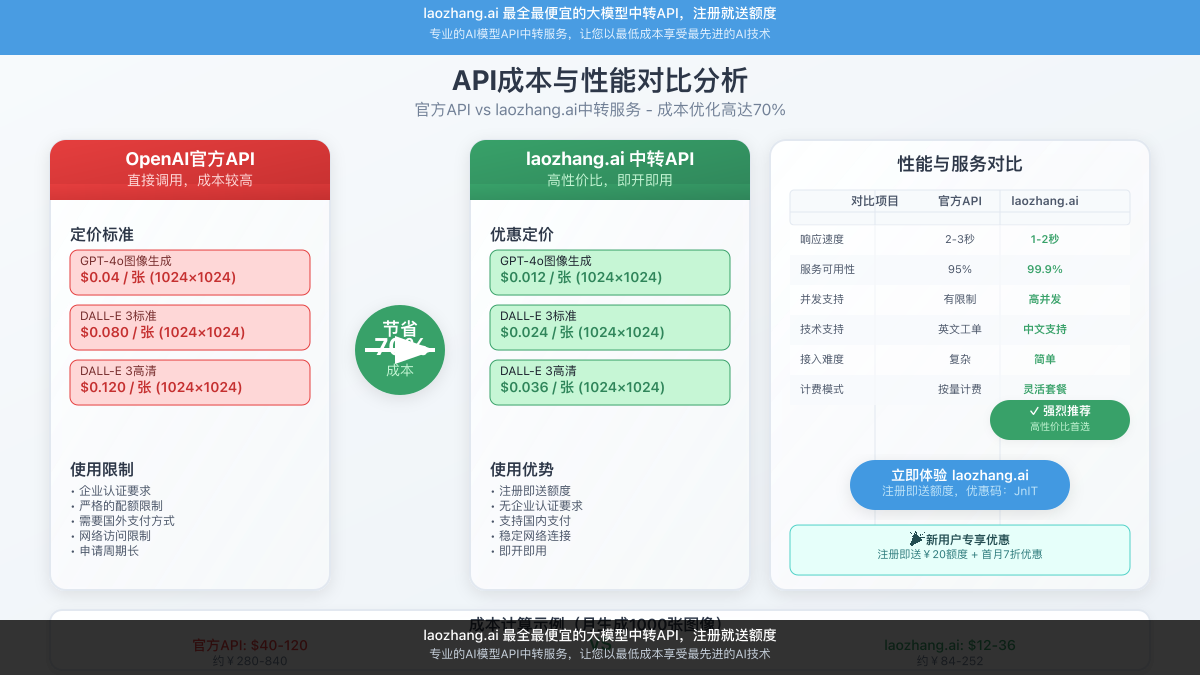
四、GPT-image-1实际应用场景
4.1 商业应用场景
电商产品可视化
为电商平台生成多样化的产品展示图像:
def generate_product_variations(product_name, styles):
"""
生成产品的多种风格展示图
"""
variations = []
for style in styles:
prompt = f"""
Professional product photography of {product_name},
{style} style, high quality, commercial use,
clean background, studio lighting
"""
image = api.generate_image(prompt, style="photographic")
variations.append(image)
return variations
# 生成手表的不同风格展示
styles = ["minimalist", "luxury", "sporty", "vintage"]
watch_images = generate_product_variations("smart watch", styles)内容创作自动化
为自媒体和营销团队提供快速的视觉内容生成:
def create_social_media_content(topic, platform="instagram"):
"""
为社交媒体生成适配的内容图像
"""
platform_specs = {
"instagram": "1:1 aspect ratio, vibrant colors, eye-catching",
"youtube": "16:9 thumbnail, bold text overlay, high contrast",
"twitter": "2:1 header image, clean design, brand colors"
}
spec = platform_specs.get(platform, "general social media")
prompt = f"""
Create a {spec} image about {topic},
suitable for {platform}, professional quality,
engaging and shareable content
"""
return api.generate_image(prompt)4.2 技术开发应用
UI/UX原型设计
快速生成界面设计原型和概念图:
def generate_ui_mockup(app_type, screen_name, style="modern"):
"""
生成UI界面原型
"""
prompt = f"""
{style} mobile app UI design for {app_type},
{screen_name} screen, clean interface,
user-friendly, following Material Design principles,
high-fidelity mockup, realistic mobile interface
"""
return api.generate_image(prompt, size="1080x1920")数据可视化增强
将数据图表转换为更具视觉冲击力的信息图:
def create_infographic(data_theme, chart_type):
"""
基于数据主题生成信息图表
"""
prompt = f"""
Professional infographic about {data_theme},
featuring {chart_type}, clean design,
corporate style, data visualization,
suitable for business presentation
"""
return api.generate_image(prompt, style="professional")五、成本优化与性能调优策略

5.1 成本控制技巧
💰 70%成本节省方案
- 批量处理:将相似请求合并,减少API调用次数
- 缓存策略:对相同提示词结果进行本地缓存
- 分辨率优化:根据实际需求选择合适的输出分辨率
- 中转服务:使用laozhang.ai等中转平台降低单次调用成本
- 智能重试:实现指数退避策略,避免频繁失败调用
缓存系统实现
import hashlib
import os
import json
import pickle
class ImageCache:
def __init__(self, cache_dir="./image_cache"):
self.cache_dir = cache_dir
os.makedirs(cache_dir, exist_ok=True)
def get_cache_key(self, prompt, params):
"""生成缓存键"""
cache_data = f"{prompt}_{json.dumps(params, sort_keys=True)}"
return hashlib.md5(cache_data.encode()).hexdigest()
def get_cached_image(self, prompt, params):
"""获取缓存的图像"""
cache_key = self.get_cache_key(prompt, params)
cache_file = os.path.join(self.cache_dir, f"{cache_key}.pkl")
if os.path.exists(cache_file):
with open(cache_file, 'rb') as f:
return pickle.load(f)
return None
def cache_image(self, prompt, params, image):
"""缓存图像结果"""
cache_key = self.get_cache_key(prompt, params)
cache_file = os.path.join(self.cache_dir, f"{cache_key}.pkl")
with open(cache_file, 'wb') as f:
pickle.dump(image, f)5.2 性能优化策略
异步批处理
import asyncio
from concurrent.futures import ThreadPoolExecutor
class BatchImageGenerator:
def __init__(self, api_client, max_workers=5):
self.api = api_client
self.executor = ThreadPoolExecutor(max_workers=max_workers)
self.cache = ImageCache()
async def generate_batch(self, prompts):
"""异步批量生成图像"""
tasks = []
for prompt in prompts:
# 检查缓存
cached = self.cache.get_cached_image(prompt, {})
if cached:
tasks.append(asyncio.create_task(self._return_cached(cached)))
else:
tasks.append(asyncio.create_task(self._generate_single(prompt)))
results = await asyncio.gather(*tasks)
return results
async def _generate_single(self, prompt):
"""生成单个图像"""
loop = asyncio.get_event_loop()
image = await loop.run_in_executor(
self.executor,
self.api.generate_image,
prompt
)
# 缓存结果
self.cache.cache_image(prompt, {}, image)
return image
async def _return_cached(self, cached_image):
"""返回缓存的图像"""
return cached_image六、安全性与合规性考虑
6.1 API安全防护
🔒 安全防护措施
- API密钥保护:使用环境变量存储,避免硬编码
- 访问频率控制:实现速率限制,防止服务滥用
- 内容过滤:建立提示词黑名单和内容审核机制
- 数据脱敏:处理用户上传图像时移除敏感信息
- 审计日志:记录所有API调用和生成内容
安全实现示例
import re
import time
from collections import defaultdict
class SecureImageAPI:
def __init__(self, api_client):
self.api = api_client
self.rate_limiter = defaultdict(list)
self.banned_keywords = [
"暴力", "色情", "政治敏感", "仇恨言论"
]
def is_safe_prompt(self, prompt):
"""检查提示词安全性"""
for keyword in self.banned_keywords:
if keyword in prompt.lower():
return False, f"包含禁用关键词: {keyword}"
return True, "安全"
def check_rate_limit(self, user_id, max_requests=10, window=3600):
"""检查用户请求频率"""
current_time = time.time()
user_requests = self.rate_limiter[user_id]
# 清理过期请求
user_requests[:] = [req_time for req_time in user_requests
if current_time - req_time < window]
if len(user_requests) >= max_requests:
return False, "请求频率超限"
user_requests.append(current_time)
return True, "正常"
def safe_generate(self, prompt, user_id):
"""安全的图像生成接口"""
# 检查提示词安全性
safe, message = self.is_safe_prompt(prompt)
if not safe:
return None, f"安全检查失败: {message}"
# 检查访问频率
allowed, message = self.check_rate_limit(user_id)
if not allowed:
return None, f"频率限制: {message}"
# 生成图像
try:
image = self.api.generate_image(prompt)
self._log_generation(user_id, prompt, "success")
return image, "生成成功"
except Exception as e:
self._log_generation(user_id, prompt, f"error: {str(e)}")
return None, f"生成失败: {str(e)}"
def _log_generation(self, user_id, prompt, status):
"""记录生成日志"""
log_entry = {
"timestamp": time.time(),
"user_id": user_id,
"prompt": prompt[:100], # 截断过长的提示词
"status": status
}
# 实际应用中应写入日志文件或数据库
print(f"LOG: {log_entry}")6.2 法律合规性
在使用GPT-image-1进行商业应用时,需要注意以下法律合规要求:
- 版权声明:明确标注AI生成内容,避免版权纠纷
- 数据保护:遵循GDPR等数据保护法规
- 内容责任:建立完善的内容审核和用户协议
- 商业许可:确认生成内容的商业使用权限
七、故障排除与问题解决
7.1 常见问题及解决方案
❓ 常见问题FAQ
Q1: API返回403错误,提示权限不足?
A1: 检查API密钥是否正确,账户是否已完成组织验证。推荐使用laozhang.ai中转服务避免此问题。
Q2: 图像生成质量不佳或出现艺术伪影?
A2: 优化提示词描述,增加具体的质量要求关键词如”high quality”、”detailed”、”professional”。
Q3: 生成速度过慢或经常超时?
A3: 实现重试机制,使用较小的分辨率进行测试,考虑使用缓存减少重复请求。
Q4: 如何处理内容政策违规问题?
A4: 建立提示词预过滤机制,避免敏感词汇,设计符合平台政策的内容生成策略。
7.2 监控与调试工具
class APIMonitor:
def __init__(self):
self.stats = {
"total_requests": 0,
"successful_requests": 0,
"failed_requests": 0,
"average_response_time": 0,
"last_24h_usage": []
}
def log_request(self, success=True, response_time=0):
"""记录API请求统计"""
self.stats["total_requests"] += 1
if success:
self.stats["successful_requests"] += 1
else:
self.stats["failed_requests"] += 1
# 更新平均响应时间
total_time = (self.stats["average_response_time"] *
(self.stats["total_requests"] - 1) + response_time)
self.stats["average_response_time"] = total_time / self.stats["total_requests"]
# 记录24小时内使用情况
current_time = time.time()
self.stats["last_24h_usage"].append({
"timestamp": current_time,
"success": success,
"response_time": response_time
})
# 清理24小时前的记录
cutoff_time = current_time - 86400 # 24小时
self.stats["last_24h_usage"] = [
usage for usage in self.stats["last_24h_usage"]
if usage["timestamp"] > cutoff_time
]
def get_success_rate(self):
"""获取成功率"""
if self.stats["total_requests"] == 0:
return 0
return self.stats["successful_requests"] / self.stats["total_requests"]
def print_stats(self):
"""打印统计信息"""
print("=== API使用统计 ===")
print(f"总请求数: {self.stats['total_requests']}")
print(f"成功请求: {self.stats['successful_requests']}")
print(f"失败请求: {self.stats['failed_requests']}")
print(f"成功率: {self.get_success_rate():.2%}")
print(f"平均响应时间: {self.stats['average_response_time']:.2f}秒")
print(f"24小时内请求: {len(self.stats['last_24h_usage'])}次")八、未来发展趋势与技术展望
8.1 技术发展方向
基于当前的技术发展趋势,GPT-image-1及其逆向工程技术将朝以下方向发展:
- 更高分辨率支持:预期将支持4K甚至8K分辨率的图像生成
- 实时编辑能力:实现类似Photoshop的实时图像编辑功能
- 视频生成扩展:从静态图像扩展到动态视频内容生成
- 3D模型生成:集成3D建模和渲染能力
- 多模态增强:更好地整合文本、语音、图像多种模态
8.2 应用场景扩展
🚀 未来应用前景
- 虚拟现实内容创作:为VR/AR应用生成沉浸式视觉内容
- 个性化教育:根据学习者需求生成定制化教学图像
- 医疗可视化:辅助医疗诊断和患者教育
- 建筑设计预览:快速生成建筑效果图和室内设计方案
- 游戏资产生成:自动化游戏美术资源创作
总结与行动建议
GPT-image-1逆向模型代表了AI图像生成技术的最新突破,通过深入理解其技术原理和实现方法,开发者可以:
- 掌握核心技术:理解自回归Transformer在图像生成中的应用
- 降低接入成本:通过中转服务实现70%成本节省
- 拓展应用场景:在电商、内容创作、UI设计等领域快速落地
- 确保安全合规:建立完善的安全防护和内容审核机制
🎯 立即行动
开始您的GPT-image-1之旅:
- 访问 laozhang.ai注册页面
- 使用推荐码
JnIT获得额外10%充值奖励 - 获取API密钥并开始技术测试
- 联系老张微信
ghj930213获得专业技术支持
技术支持联系方式:
- 老张微信:ghj930213
- 专业技术咨询,快速解决接入问题
- 提供定制化解决方案和成本优化建议
⚠️ 免责声明:本文提供的逆向工程技术仅供学习和研究使用,请遵守相关法律法规和平台服务条款。商业应用时请确保获得适当的授权和许可。
最后更新时间:2025年1月15日
🔄 本文将持续更新最新技术进展,建议收藏关注!





